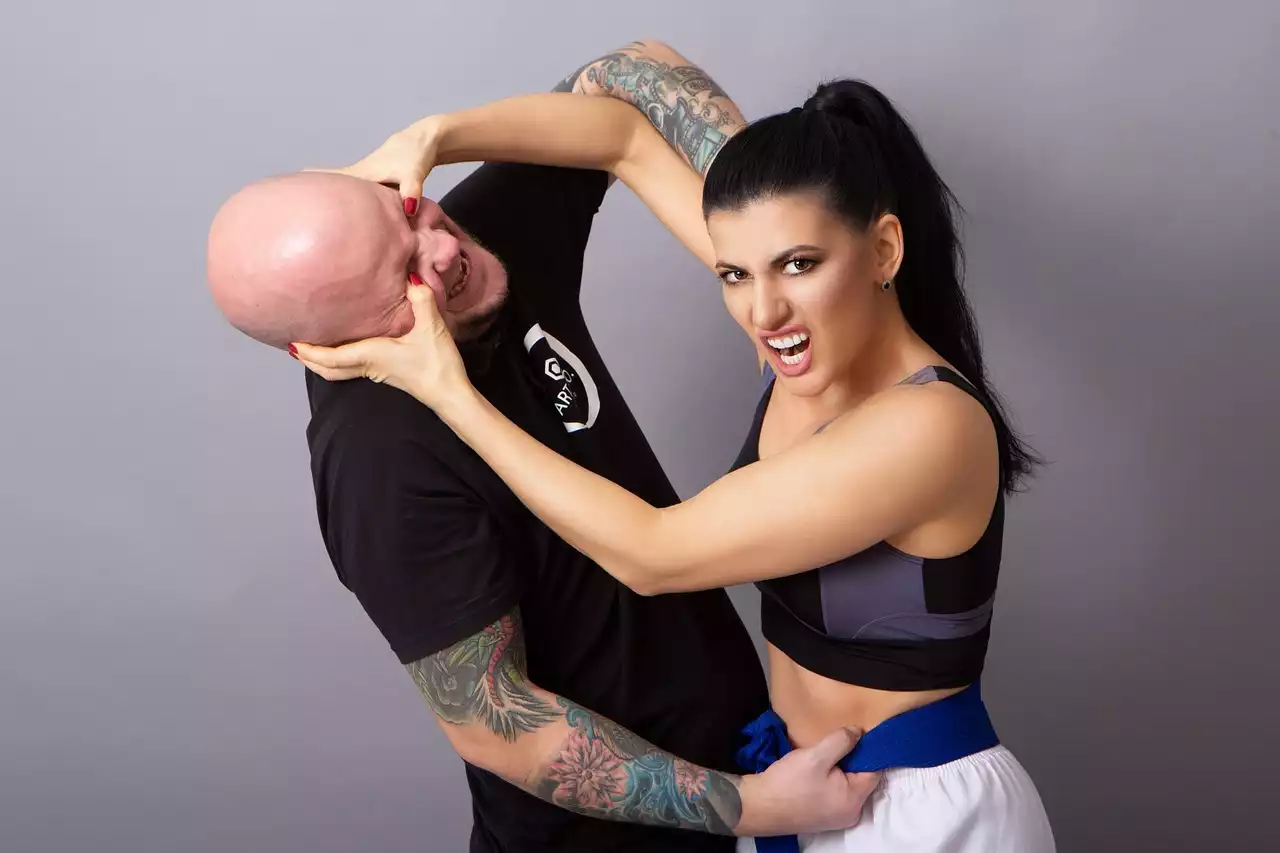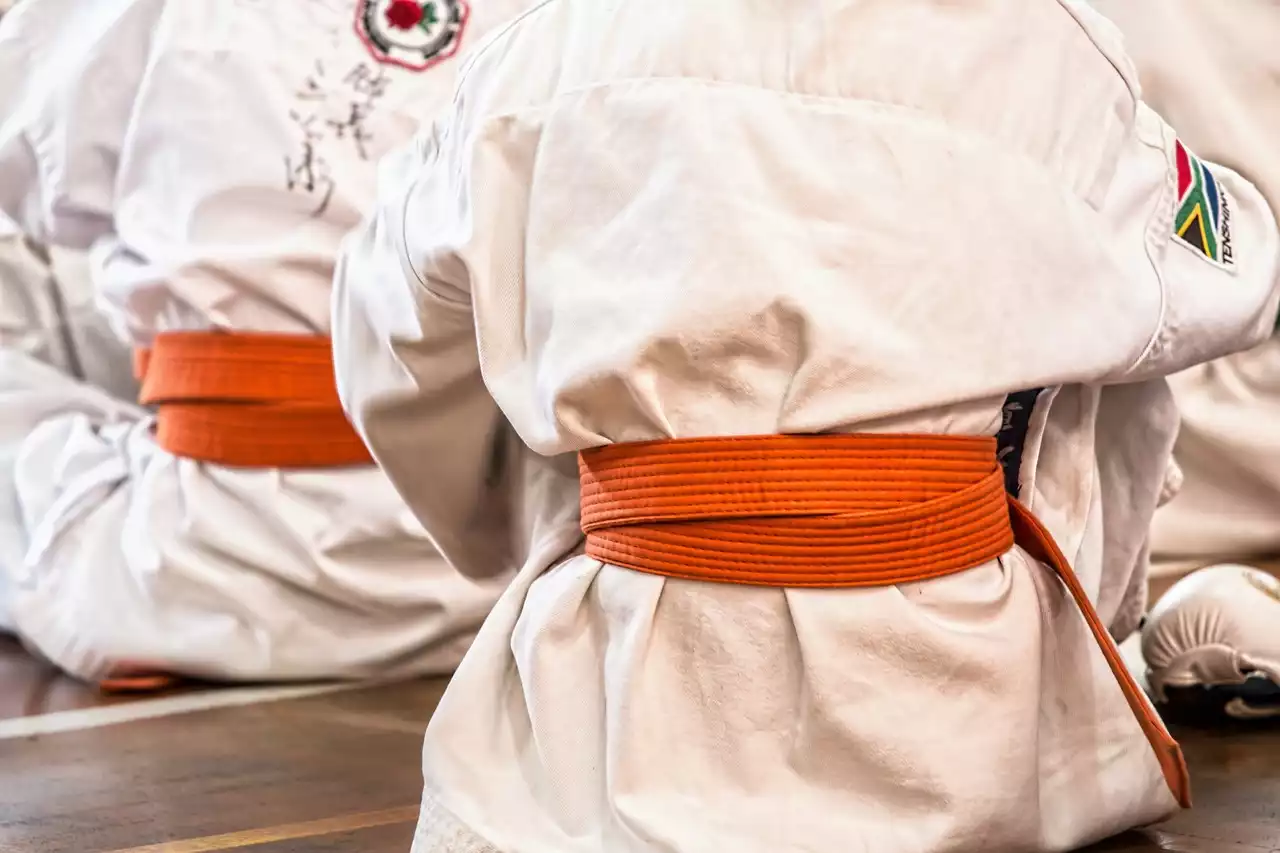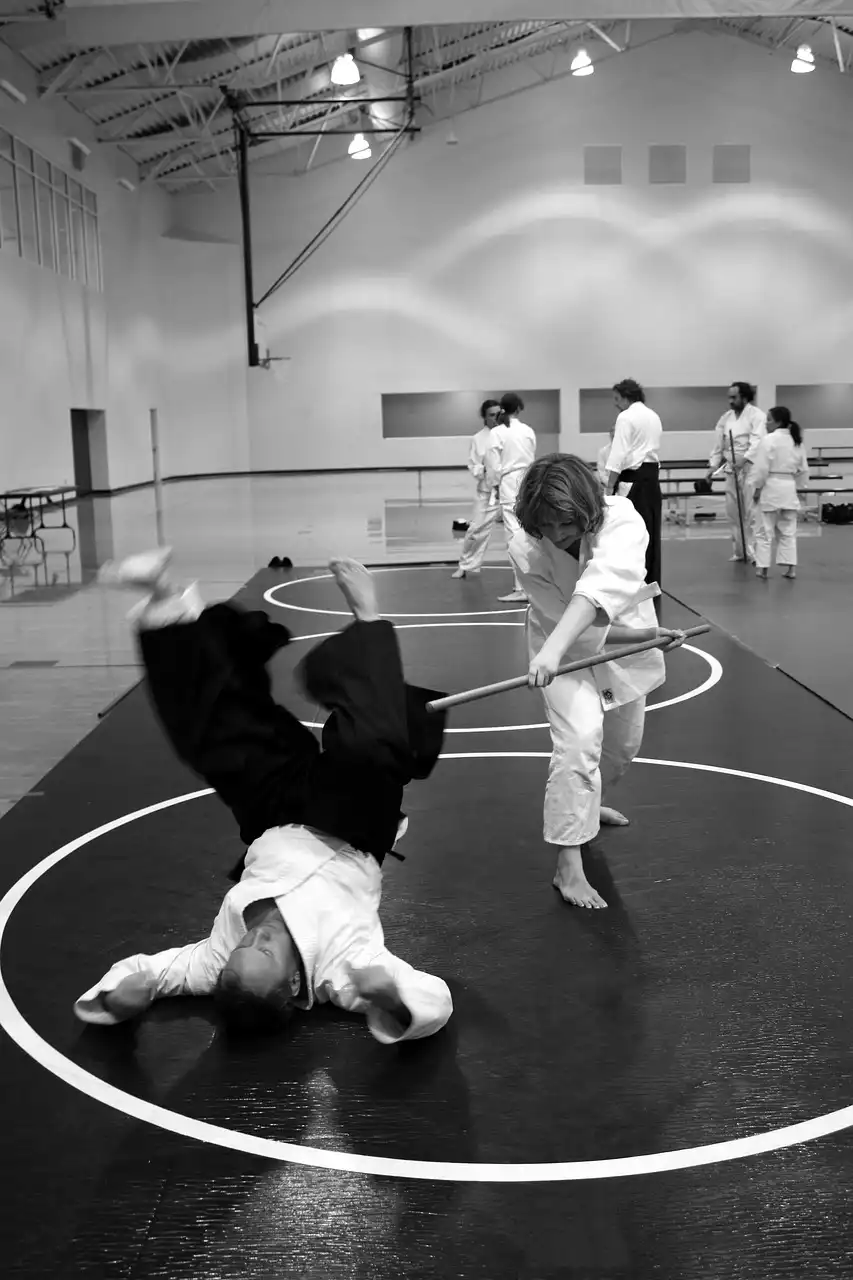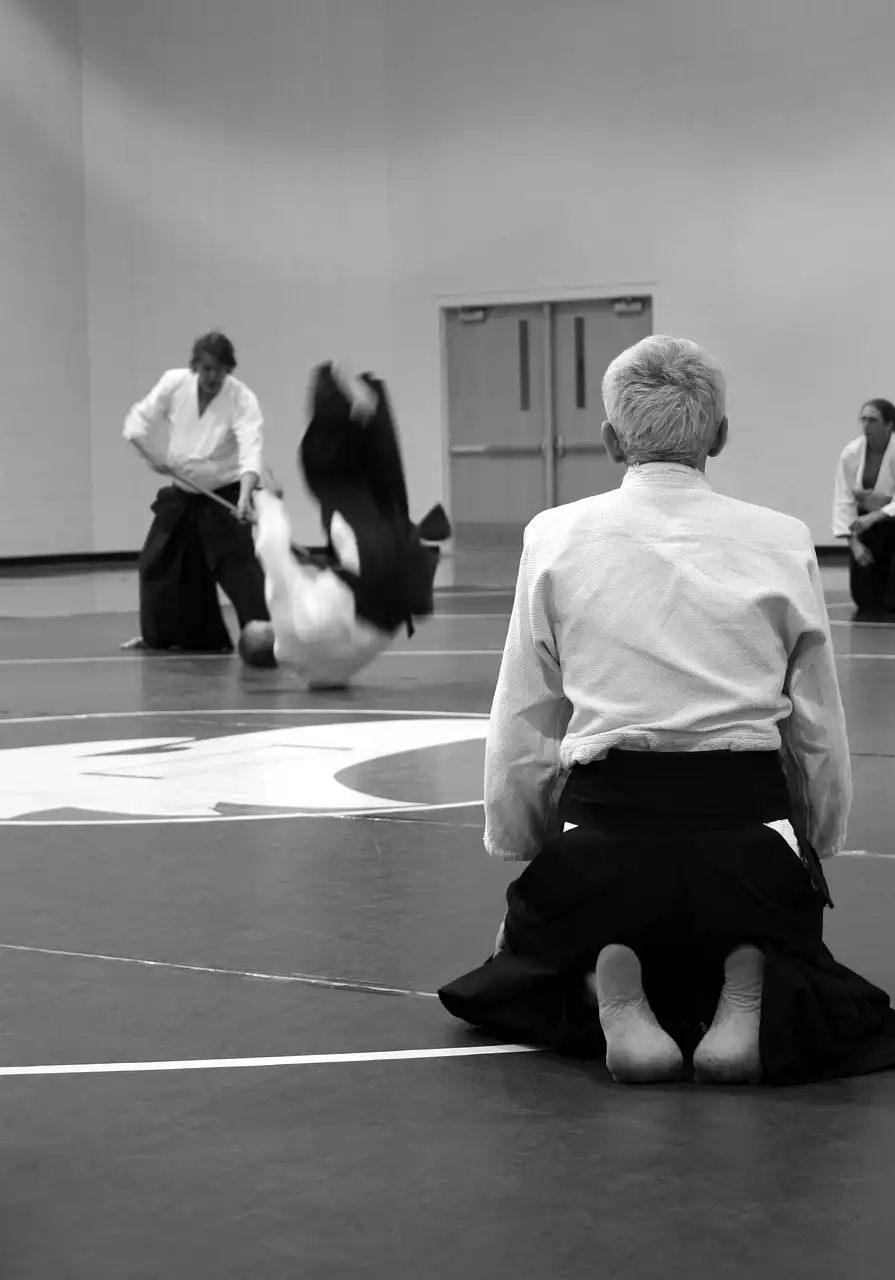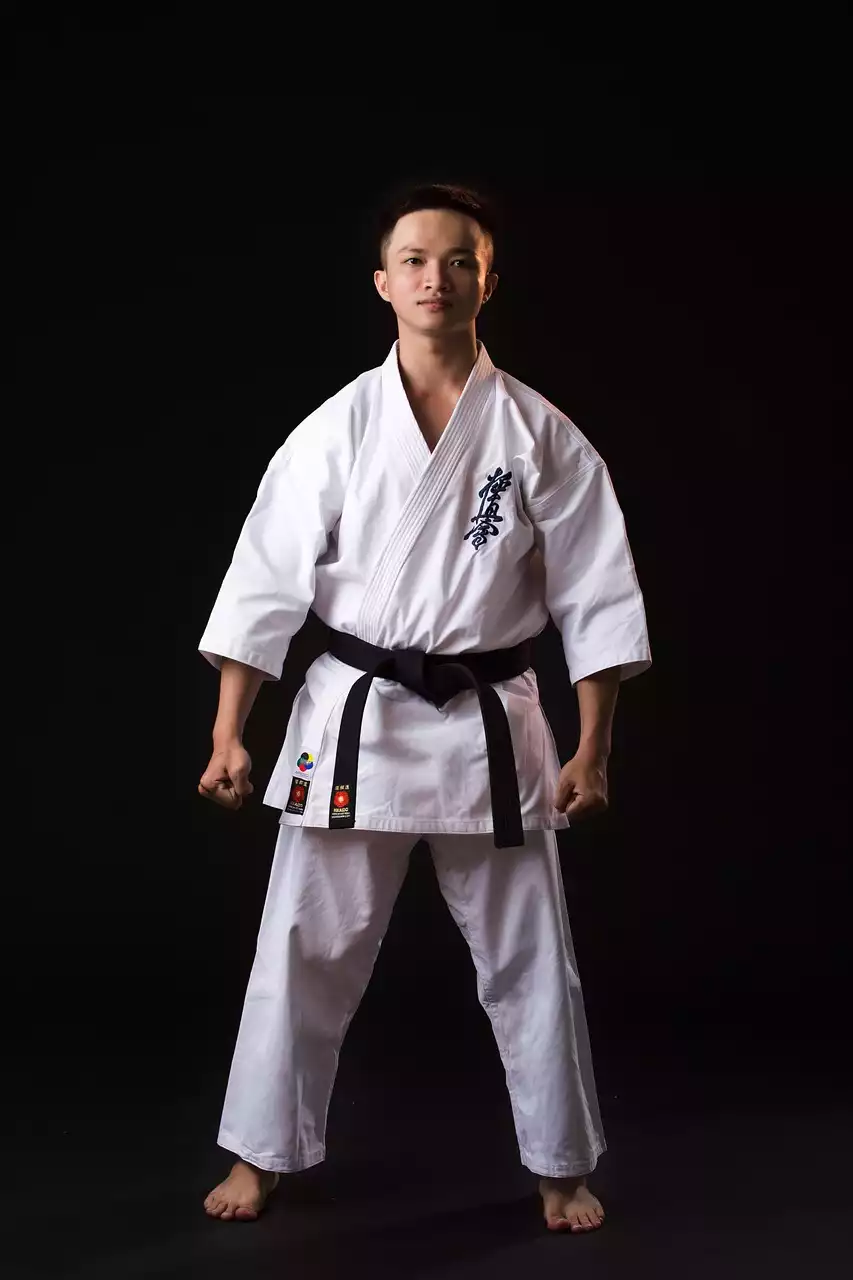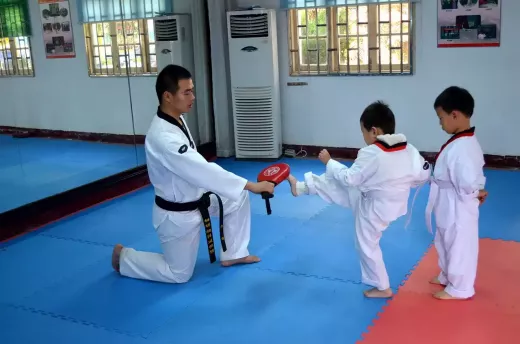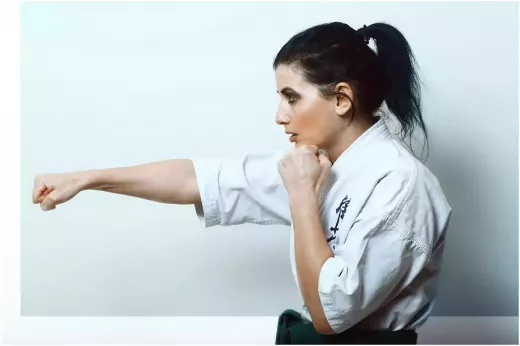Judo vs. Karate: Differences and Similarities
Judo and Karate are two of the most popular martial arts around the world. While they may seem similar at first glance, there are some fundamental differences between them. Judo is a grappling martial art that focuses on throws, takedowns, and submissions. On the other hand, Karate is a striking martial art that emphasizes punches, kicks, and strikes.
One of the similarities between Judo and Karate is that they both require discipline and dedication to master. They also both have a strong emphasis on respect and tradition. However, Judo tends to be more practical for self-defense situations because it includes techniques for taking down an opponent and grappling on the ground. Karate, while effective for striking, may not be as helpful in a real-life self-defense scenario where the attacker is trying to grapple with you.
Another major difference between Judo and Karate is that Judo practitioners wear a uniform called a gi, while Karate practitioners wear a gi or a karate-specific uniform. Additionally, Judo competitions focus on throwing and grappling techniques, while Karate competitions are centered around strikes and kicks. Overall, both martial arts have their strengths and weaknesses, but if your goal is practical self-defense, Judo might be the better choice.
Judo vs. Taekwondo: Differences and Similarities
Judo and Taekwondo are two popular martial arts that are vastly different from each other. Taekwondo is a Korean martial art that focuses on kicking techniques and agility, while Judo is a Japanese martial art that focuses on grappling, throwing, and submissions.
One of the similarities between Judo and Taekwondo is that they both require discipline and dedication to master. They both also emphasize respect and tradition. However, when it comes to self-defense, Judo is more practical because it focuses on techniques for taking down an opponent and grappling on the ground. Taekwondo, while effective for striking, may not be as helpful in a real-life self-defense scenario where the attacker is trying to grapple with you.
Another major difference between Judo and Taekwondo is that Judo practitioners wear a gi, while Taekwondo practitioners wear a dobok, which is similar to a gi but has a V-neck. Additionally, Taekwondo competitions focus on sparring and board breaking, while Judo competitions focus on throwing and grappling techniques. Overall, both martial arts have their strengths and weaknesses, but if your goal is practical self-defense, Judo might be the better choice.
Judo vs. Brazilian Jiu-Jitsu: Differences and Similarities
Judo and Brazilian Jiu-Jitsu (BJJ) are two grappling martial arts that have some similarities but also some significant differences. Both arts focus on takedowns, throws, and submissions, but they approach them differently. Judo emphasizes throws and takedowns, while BJJ emphasizes ground fighting and submissions.
One of the similarities between Judo and BJJ is that they both require discipline and dedication to master. They also both have a strong emphasis on respect and tradition. However, Judo tends to be more practical for self-defense situations because it includes techniques for taking down an opponent and grappling on the ground, while BJJ focuses exclusively on ground fighting.
Another major difference between Judo and BJJ is that Judo practitioners wear a gi, while BJJ practitioners typically wear a rash guard and shorts. Additionally, BJJ competitions focus on ground fighting and submissions, while Judo competitions focus on throwing and grappling techniques. Overall, both martial arts have their strengths and weaknesses, but if you're looking for a style that is great for self-defense and competition, Judo might be the better choice.
Judo vs. Boxing: Differences and Similarities
Judo and boxing are two very different martial arts that can be used for self-defense. While Judo is a grappling martial art that focuses on throws, takedowns, and submissions, boxing is a striking martial art that emphasizes punches and footwork.
One of the similarities between Judo and boxing is that they both require discipline and dedication to master. They also both have a strong emphasis on respect and tradition. However, when it comes to self-defense, Judo is more practical because it teaches you how to take down an opponent and control them on the ground. Boxing, while effective for striking, may not be as helpful in a real-life self-defense scenario where the attacker is trying to grapple with you.
Another major difference between Judo and boxing is that Judo practitioners wear a gi, while boxers wear gloves and shorts. Additionally, boxing competitions focus on striking techniques and footwork, while Judo competitions focus on throwing and grappling techniques. Overall, both martial arts have their strengths and weaknesses, but if your goal is practical self-defense, Judo might be the better choice.
Judo vs. Krav Maga: Differences and Similarities
Judo and Krav Maga are two martial arts that are vastly different from each other. Judo is a grappling martial art that focuses on throws, takedowns, and submissions, while Krav Maga is a self-defense system that is designed to be practical and effective in real-life situations.
One of the similarities between Judo and Krav Maga is that they both require discipline and dedication to master. They also both emphasize respect and tradition. However, Krav Maga is more practical for self-defense situations because it teaches you how to defend yourself against real-world threats, including gun and knife attacks. Judo, while effective for grappling and throwing, may not be as helpful in these situations.
Another major difference between Judo and Krav Maga is that Judo practitioners wear a gi, while Krav Maga practitioners wear regular workout clothes. Additionally, Krav Maga training focuses on realistic scenarios and techniques that are designed to be effective in real-life self-defense situations, while Judo training focuses on throws, takedowns, and submissions. Overall, both martial arts have their strengths and weaknesses, but if your goal is practical self-defense, Krav Maga might be the better choice.
Which Martial Art is Best for Self-Defense?
Choosing the right martial art for self-defense can be a tough decision. Ultimately, the best martial art for self-defense is the one that you enjoy and are willing to train consistently. However, if your goal is to learn practical self-defense techniques that are effective in real-life situations, Judo, Krav Maga, and Brazilian Jiu-Jitsu are great options to consider.
Judo is a grappling martial art that focuses on throws, takedowns, and submissions. It is great for self-defense because it teaches you how to take down an opponent and control them on the ground. Krav Maga is a self-defense system that is designed to be practical and effective in real-life situations. It focuses on techniques for defending yourself against real-world threats, including gun and knife attacks. Brazilian Jiu-Jitsu is a grappling martial art that emphasizes ground fighting and submissions. It is great for self-defense because it teaches you how to control an opponent on the ground and submit them with joint locks and chokes.
Ultimately, the best martial art for self-defense is the one that you enjoy and are willing to train consistently. If you are looking for a martial art that is practical, effective, and enjoyable, consider trying Judo, Krav Maga, or Brazilian Jiu-Jitsu.
Benefits of Learning Judo for Self-Defense
Learning Judo for self-defense has many benefits, both physical and mental. Physically, Judo is a great workout that can help you improve your strength, endurance, and flexibility. It also teaches you how to control an opponent using leverage and technique, rather than brute force. Mentally, Judo can help you improve your focus, discipline, and confidence.
One of the biggest benefits of learning Judo for self-defense is that it teaches you practical techniques that are effective in real-life situations. Judo focuses on throws, takedowns, and submissions, which are all useful skills for self-defense. Additionally, Judo training includes sparring and competition, which can help you develop the skills and confidence you need to defend yourself in a real-life situation.
Tips for Beginners Learning Judo for Self-Defense
If you are new to Judo and are interested in learning it for self-defense, there are a few tips that can help you get started. First, find a reputable Judo school or instructor who can teach you the basics of Judo and help you develop your skills. Look for a school or instructor who emphasizes practical techniques and self-defense.
Second, be patient and consistent in your training. Judo takes time and practice to master, so don't get discouraged if you don't see results right away. Consistent training and practice will help you develop your skills and improve your confidence.
Third, focus on the basics. Judo is built on a foundation of fundamental techniques, so make sure you master these before moving on to more advanced techniques. This will help you build a strong foundation and improve your overall technique.
Fourth, don't be afraid to ask questions and seek feedback. Your instructor and training partners can provide valuable feedback that can help you improve your technique and develop your skills.
Finally, have fun and enjoy the process. Judo is a challenging and rewarding martial art that can help you improve your physical and mental health, as well as your self-defense skills.
